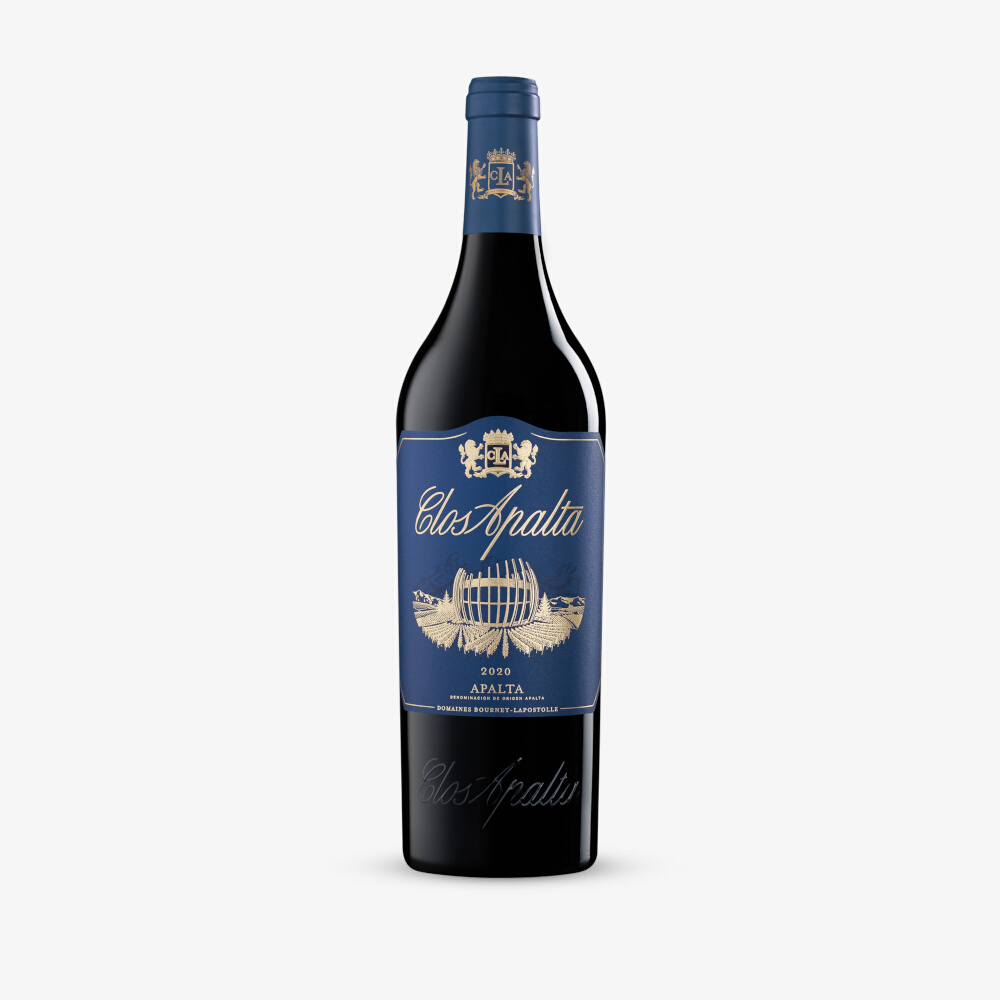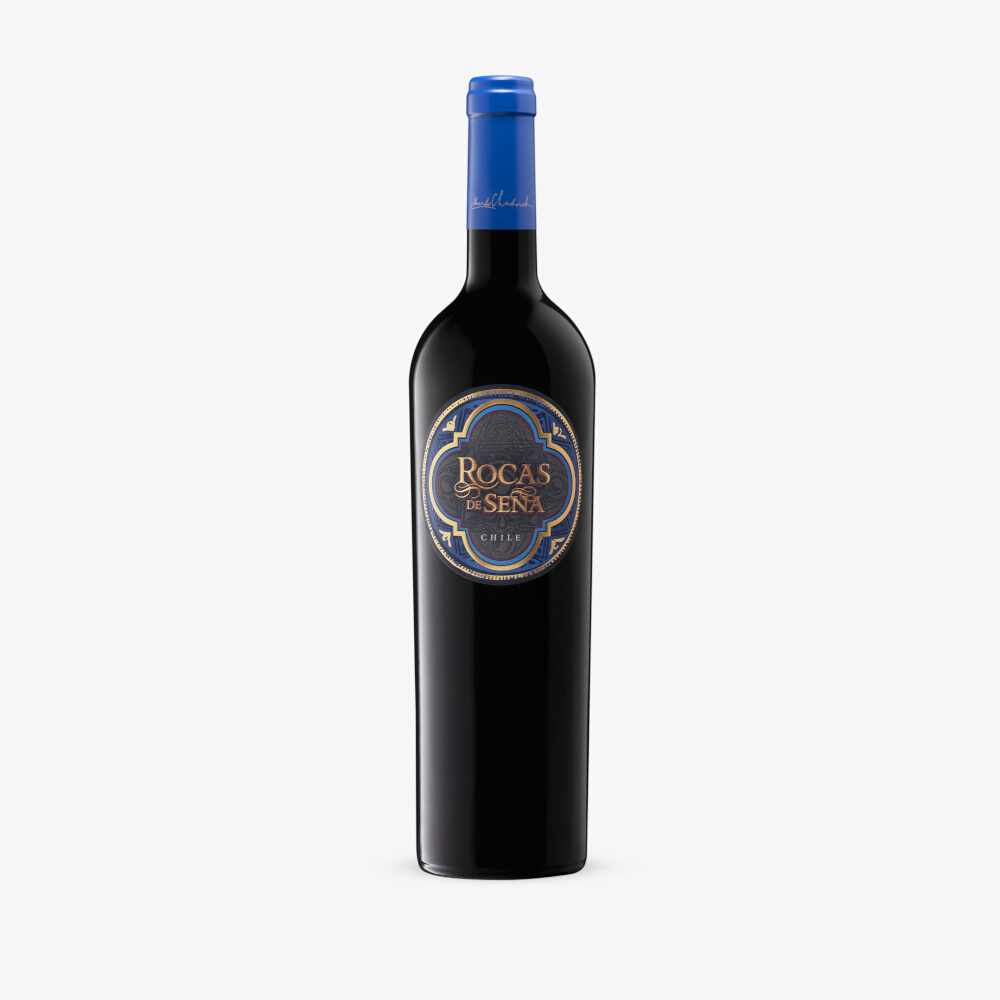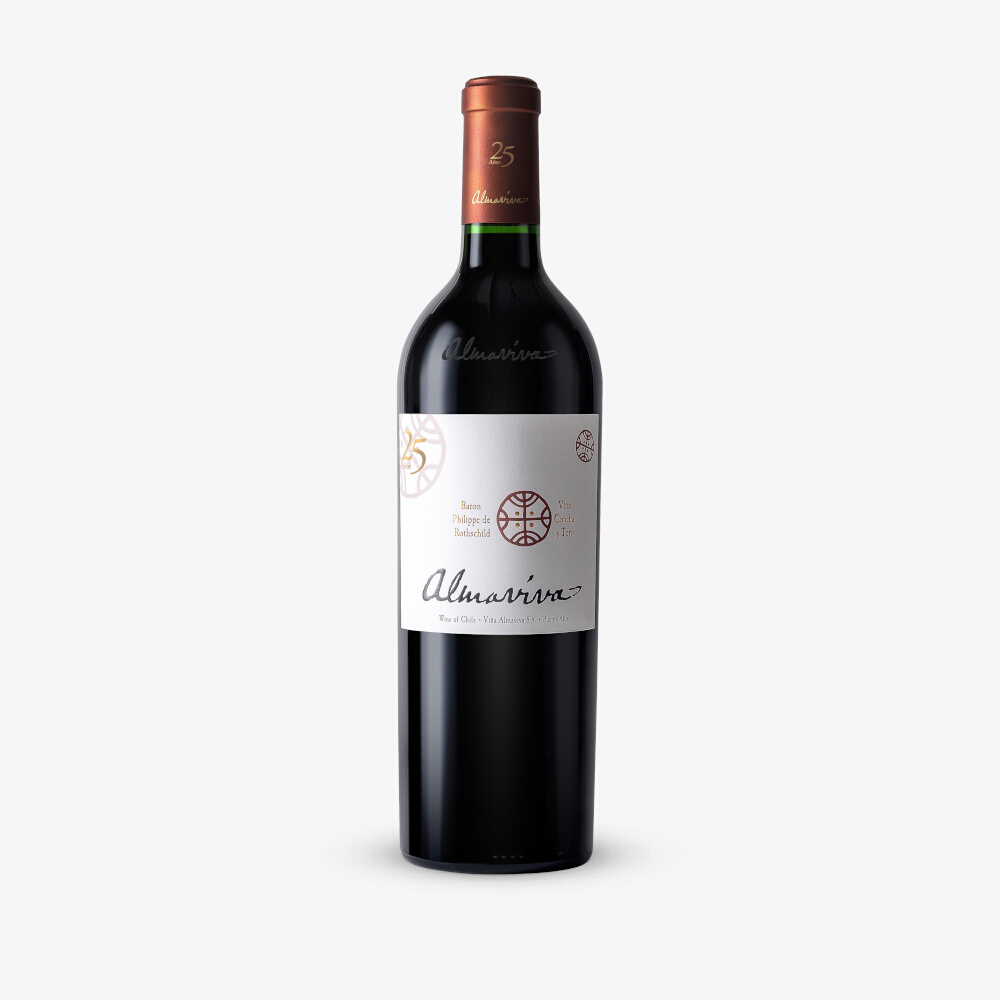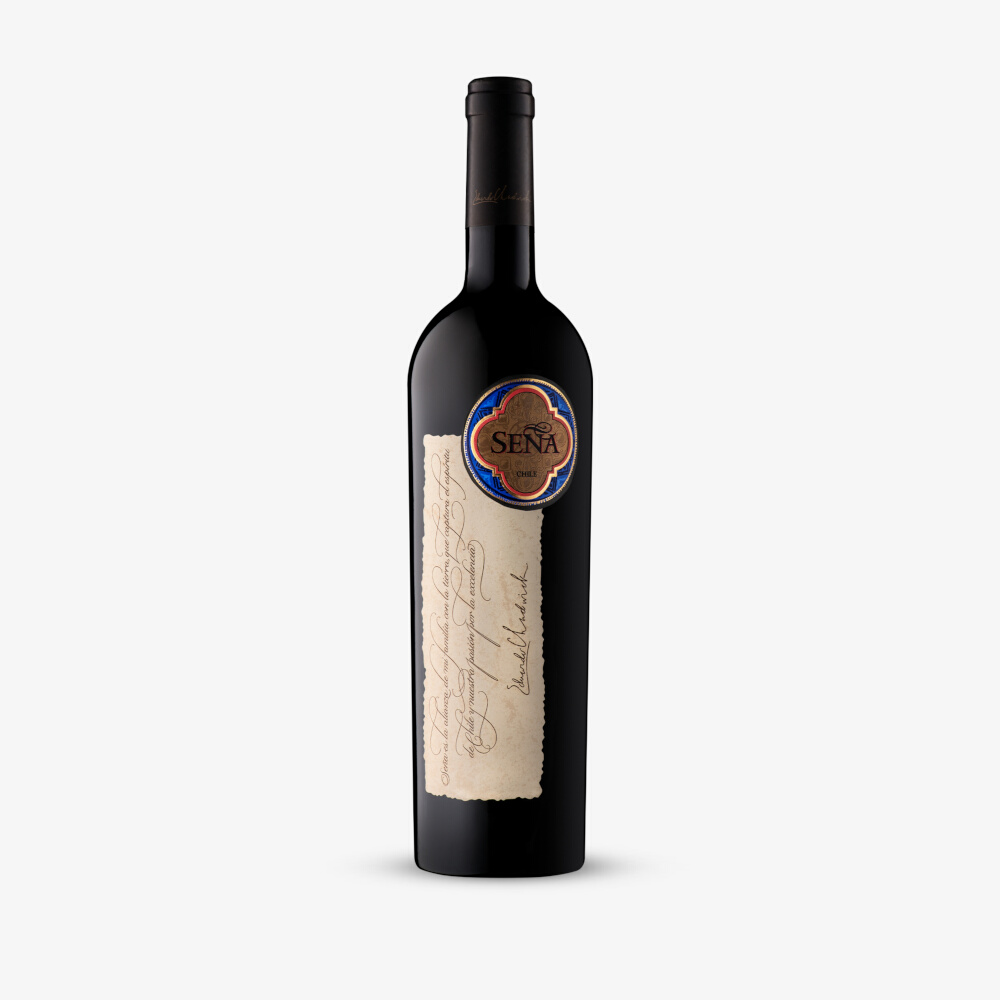Chile
Chile is a long and narrow country defined by its geographic barriers. Stretching over 4,300km and with desert to the north, the Andes Mountains to the east, Patagonia to the south, and the Pacific Ocean to the west Chile has, unsurprisingly, a wide range of climates.
The Humboldt Current that descends from Peru creates a permanent chilling effect and when coupled with the South Pacific anticyclone a temperate Mediterranean climate forms in the middle of the country around Santiago. Predictably this is where most of Chile’s vineyards are found.
The climate here is dry with an average of 15 inches rainfall, very little risk of springtime frost, and an average temperature of between 15-18 degrees Celsius, making it an ideal place to grow grapes. Although temperatures can reach as high as 30 degrees in the summer, close proximity to the Andes as well as a series of transversal river valleys help create a wide diurnal range which is vital to maintaining acidity and freshness. The vast majority of Chile’s wine regions including those in the central valley require irrigating, and the melting snow caps of the Andes provide a convenient source of water. One look at the surrounding hillsides covered in vines and lush vegetation and it is apparent that this is rich and fertile region.
Results: 7
discover chilean fine wine
Explore the diverse tapestry of our offerings, featuring an extensive list of esteemed winemaking regions, producers and renowned appellations.








